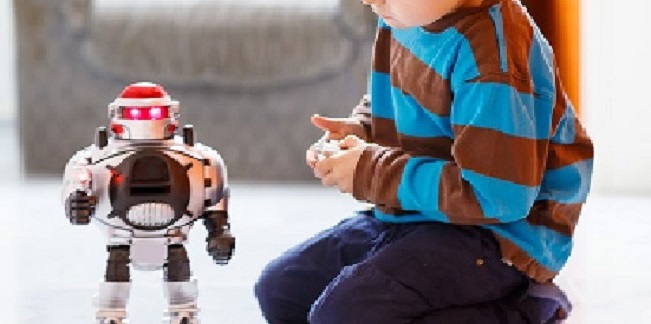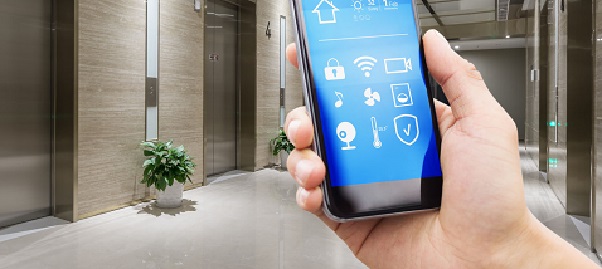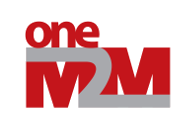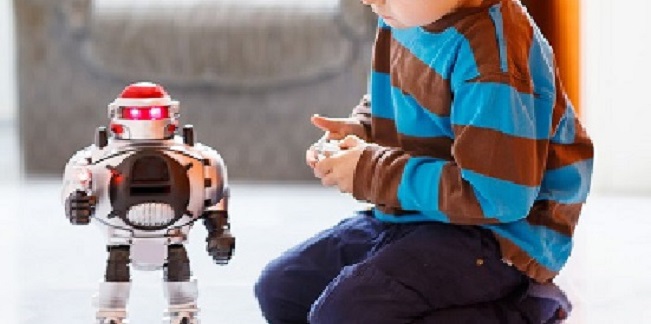The ETSI Technical Committee on Cybersecurity (TC CYBER) unveiled ETSI EN 303 645, a standard for cybersecurity in the Internet of Things that establishes a security baseline for internet-connected consumer products and provides a basis for future IoT certification schemes. Based on the ETSI specification TS 103 645, EN 303 645 went through National Standards Organization comments and voting, engaging even more stakeholders in its development and ultimately strengthening the resulting standard. The EN is a result of collaboration and expertise from industry, academics and government.
ETSI EN 303 645 specifies 13 provisions for the security of Internet-connected consumer devices and their associated services. IoT products in scope include connected children’s toys and baby monitors, connected safety-relevant products such as smoke detectors and door locks, smart cameras, TVs and speakers, wearable health trackers, connected home automation and alarm systems, connected appliances (e.g. washing machines, fridges) and smart home assistants. The EN also includes 5 specific data protection provisions for consumer IoT.
The ETSI virtual Security Week 2020, that took place from 8 June to 23 June, successfully closed with a record audience of more than 4000 viewers joining from over 50 countries. Speakers and moderators comprised a variety of stakeholders ranging from global telco operators, vendors and academia to security organizations and other standards bodies.
The 14 webinars focused four key topics around cybersecurity: how to deploy 5G securely in different market sectors, the Cybersecurity Act and the future European Standard developed by ETSI on security for IoT consumer devices, insights into the new Smart Secure Platform, as well as its requirements and impact on the ecosystem and advanced cryptography with quantum-safe cryptography, the technical evolution of the TETRA standard and fully homomorphic encryption.
Presentations displayed a good balance between high level and technical topics and the content provision and led to high interaction with very dynamic and challenging Q&A and panel sessions.
Please click here to access all recorded presentations. You can also download the PDF slide sets.
To facilitate upcoming standards, the ETSI SmartM2M technical committee has released ETSI TR 103 546, a Technical Report on smart lifts, collecting and developing the type and range of data which should be exchanged between lifts and their relevant management applications. This study paves the way for technical requirements to monitor the activities and the performance of such lifts and describe their interaction with IoT devices and applications.
ETSI TR 103 546 specifies three categories of users and their role in the system: users of the lift with their needs, people and companies involved in this industry, such as manufacturers, suppliers or maintenance organizations and the owner or administrator of the buildings. Signals and controls are clearly identified, and a set of use cases highlights concrete and comprehensive examples of the usage and role of those signals and commands. The ETSI Technical Report outlines the complexity of the lift ecosystem, comprising both local and remote components which need to interact with one another as well as with external systems belonging to many different sectors. This leads to the conclusion that standards are key. Indeed, the whole system needs a full communication and interworking framework, able to reuse multiple communication technologies, to be interoperable, to integrate IoT devices and human interactions, and to provide semantic support and semantic interoperability.
International standards initiative oneM2M announced it has welcomed a range of new members as organisations around the world seek to accelerate the development of the Internet of Things (IoT) market through greater interoperability.
A cybersecurity specialist, research institutes, service providers and the Universidad Politécnica de Madrid’s faculty of computer science are among the latest companies to join the organisation. The newest additions to oneM2M’s vast membership come from America, Asia, Europe and Russia, demonstrating the relevance of its standardization efforts across the globe.
“2020 is shaping up to be a year when increased levels of collaboration between global organisations, institutions and companies really accelerate mass adoption of the IoT across a range of sectors,” said oneM2M Steering Committee Chair, Enrico Scarrone. “We are already working in partnership with the IoT Connectivity Alliance (ICA) and have recently set out how we will be collaborating with the Industrial Internet Consortium (IIC). The breadth of expertise and geographic spread of our new members will further add to our global knowledge base and effort as we build the levels of seamless interoperability needed to drive forward a technologically agnostic and secure platform for the IoT.”
The ETSI Technical Committee on Cybersecurity (TC CYBER) unveiled ETSI EN 303 645, a standard for cybersecurity in the Internet of Things that establishes a security baseline for internet-connected consumer products and provides a basis for future IoT certification schemes. Based on the ETSI specification TS 103 645, EN 303 645 went through National Standards Organization comments and voting, engaging even more stakeholders in its development and ultimately strengthening the resulting standard. The EN is a result of collaboration and expertise from industry, academics and government.
ETSI EN 303 645 specifies 13 provisions for the security of Internet-connected consumer devices and their associated services. IoT products in scope include connected children’s toys and baby monitors, connected safety-relevant products such as smoke detectors and door locks, smart cameras, TVs and speakers, wearable health trackers, connected home automation and alarm systems, connected appliances (e.g. washing machines, fridges) and smart home assistants. The EN also includes 5 specific data protection provisions for consumer IoT.










